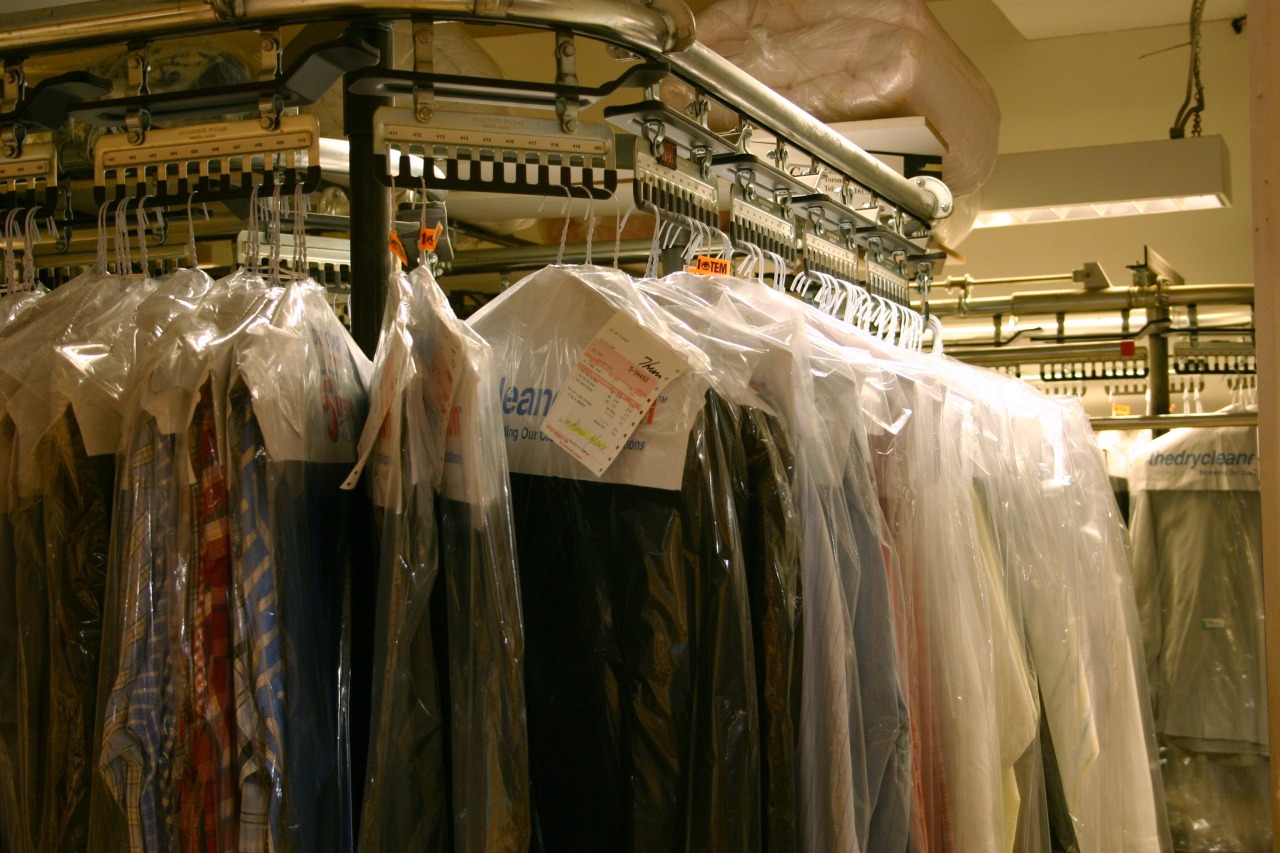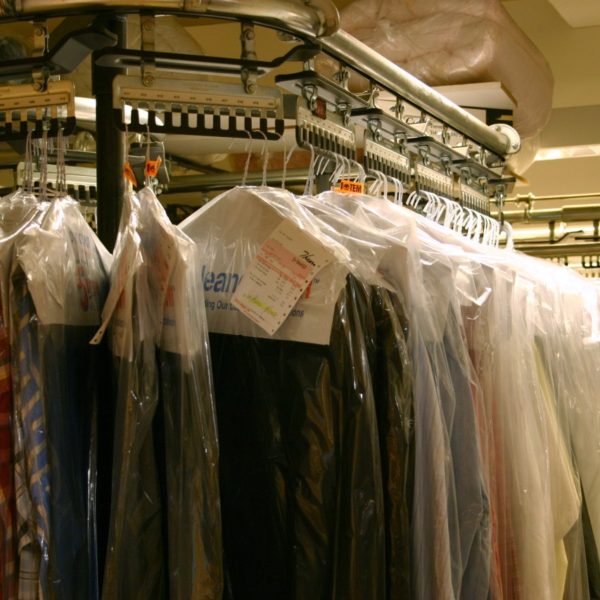
With the amount of information online about clothing construction and quality, there’s surprisingly little about how to find a good dry cleaner. The quality of your cleaner, however, can really affect the life of your garments. Take your clothes to a bad operation and they can set in stains, ruin the nap on fabrics, and even take the shape out of a well-made jacket. It’s worthwhile then to figure out how to tell a good dry cleaning job from a bad one.
There are essentially two types of dry cleaning businesses. The first is known as a dry store, where the store essentially acts as a drop-off point for some remotely located central plant. For every central plant, there might be five to twenty of these “satellite” shops located throughout various neighborhoods. The second is what’s known as a package plant, where a business has their own equipment on-site, which means they actually do the dry cleaning themselves.
So how can you tell the quality of these cleaners’ work? Well, roughly speaking, a dry store is more likely to have lower quality service. Their aim typically is to control costs, increase efficiency, and turn things around as quickly as possible. If you see a really small shop with no machines besides a conveyer behind the counter, and they’re charging you $8 to clean a suit with next day service, the chances are, you’re clothes aren’t getting much consideration.
Package plants, on the other hand, tend to have better service, but you can’t assume this just because they own their own equipment. It’s useful to know a bit about the dry cleaning process so you know what things to look for and what questions to ask. For example:
- Dry cleaning is good for taking out oil-based stains (such as those from lotions, salad dressings, and pizza drippings) but it can potentially set in water-based stains (such as those from juice, coffee, or even perspiration). A good dry cleaner will thus identify the types of stains you have and pre-treat them accordingly, so that damage isn’t set in through the cleaning process itself. Make sure your cleaner has a technician that does this.
- Some dry cleaners also re-use their cleaning fluids, which means dirt from previous loads can be redeposited. Ask your cleaner if they use freshly purified or freshly distilled fluids with every run.
- If you’re having garments pressed, you may also want to enquire if the job is done by hand or machine (though, from my experience, many places that do a machine press will still say they do it by hand). The problem with a machine press is that they’re often just blowing hot steam through a garment, which can take the shape out of a high-quality suit and ruin the seams on a low-quality jacket.
- Finally, when you get your garments back, feel the fabrics. Do they feel soft, as you remember them, or a bit stiff? Many cleaners will use what’s known in the trade as sizing, which stiffens a fabric a bit so that it’s easier to press. Great for efficiency, but bad if you want to maintain the soft hand and beautiful nap on a something such as high-quality flannel wool.
Now, I’m wary of advising people to go into operations and interrogate professionals as though they know more about the business than the people running the shop. What I am advising, however, is that people learn a bit about how dry cleaning is done, just as they should learn a little about how shoes and suits are made. That way, they know what are the right questions to ask and be able to interpret answers.
For what it’s worth, the best dry cleaner I know of is RAVE FabriCARE, who is located in Arizona, but can take clothes by mail. Their prices aren’t cheap, but if you have something you really care about, or something heavily soiled, they’re certainly worth considering. Stu, who runs that operation, sat down with me last year to really explain the cleaning process, and he runs a blog where you can find much of this same information. Take the time to read through a few of his posts. They’re quite informative and can go a long way in helping you find the right cleaner for your needs.
(Photo from Wikimedia Commons)
